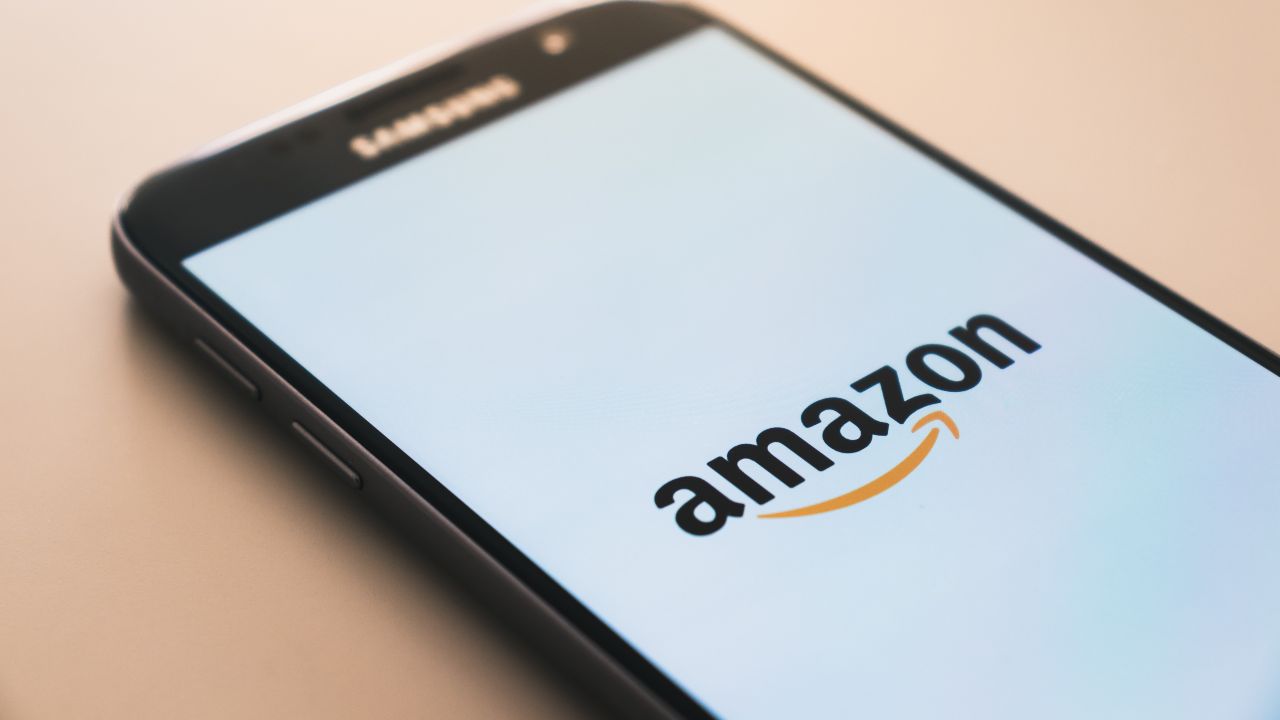
Why Prime Video’s Introduction of Ads Differs from Other Streamers
By Movieguide® Contributor
While many streaming services have introduced ads onto their site in the past year, Prime Video’s upcoming switch is markedly different and could forever change the entertainment landscape.
On Jan. 29, Prime Video will start to show ads with its service, with Prime users having the option to remove them for an additional $3 per month. This introduction will turn Prime Video into the world’s largest ad-supported streaming service, netting billions in revenue for the tech giant.
The introduction of an ad tier is not a new concept. Multiple streaming sites executed this shift with a high level of success. Ads have arguably saved the streaming industry by allowing sites to quickly and reliably generate the additional income needed to become profitable.
Amazon’s switch to ads, however, will be notably different as current subscribers will be enrolled in the ad tier automatically rather than the ad tier becoming an option at a lower price point. Because of this subtle difference, Amazon executives believe few people will choose the ad-free level, even though it only costs $3 more.
With over 200 million Prime subscribers worldwide, experts expect the introduction of ads to generate an additional $2-3 billion for the company, with up to $2 billion more coming from those who pay the $3 fee to remove the ads.
While Amazon can expect upwards of $5 billion due to the switch, introducing ads on Prime Video could spell disaster for other entertainment avenues.
The ad market cap generally stays the same, meaning that in order for companies to advertise on Prime Video, they need to take budget away from another source. Linear TV will likely be the biggest loser from this change, missing out on billions of advertisement dollars.
“We believe advertisers have permanently left legacy platforms, including national TV,” S&P Global’s Naveen Sarma wrote on Jan. 3.
Prime Video specifically poses a problem for TV ad revenue as it holds the rights to some of the most popular live sports broadcasts – THURSDAY NIGHT FOOTBALL and NASCAR – which have remained broadcast and cable TV’s golden goose throughout the streaming wars.
However, not everyone is convinced that Prime Video will find the success experts are touting as it redesigns its platform for advertising.
“We’ve had a couple-year head start,” NBCUniversal ad sales chairman Mark Marshall said. “We’re not trying to retrofit our platform into supporting advertising. I think we’ve built it from within for advertisers, so I think we already have a strategic feel of what it should be.”
Regardless of its future outcome, the introduction of ads will be nothing more than the cherry on top for Prime Video, which is primarily a sweetener for the Prime delivery service. No matter how much – or how little – extra revenue the introduction of ads produces, the additional income will be a success.
Movieguide® previously reported:
Amazon’s Prime Video will integrate ads into programming in early 2024 to invest in and create more “compelling” content.
“Consumers don’t just tolerate advertising in video content—in most cases, they actually see benefits from it. It allows them to choose their preferred video tiers at lower cost, and when presented right, advertising results in a more engaging viewing experience,” senior consultant to Hub Research Mark Loughney told The Hollywood Reporter.
However, unlike Netflix, Disney+ and Max who offer ad-supported tiers for a lower price, Prime subscribers, who currently pay $14.99 per month, will have to add an extra $2.99 to avoid commercial breaks.
“The recent rise of ad-supported customers supports the theory that people are willing to watch ads to lower their monthly costs, but the future-looking question is: What will subscribers do if pricing adjusts so much that the ad-supported levels rise to the original ad-free prices for the initial service launches?” asked Ken Suh, chief strategy officer of the CTV ad tech firm Nexxen.
Questions or comments? Please write to us here.


 - Content:
- Content: 
 – Content:
– Content: 
